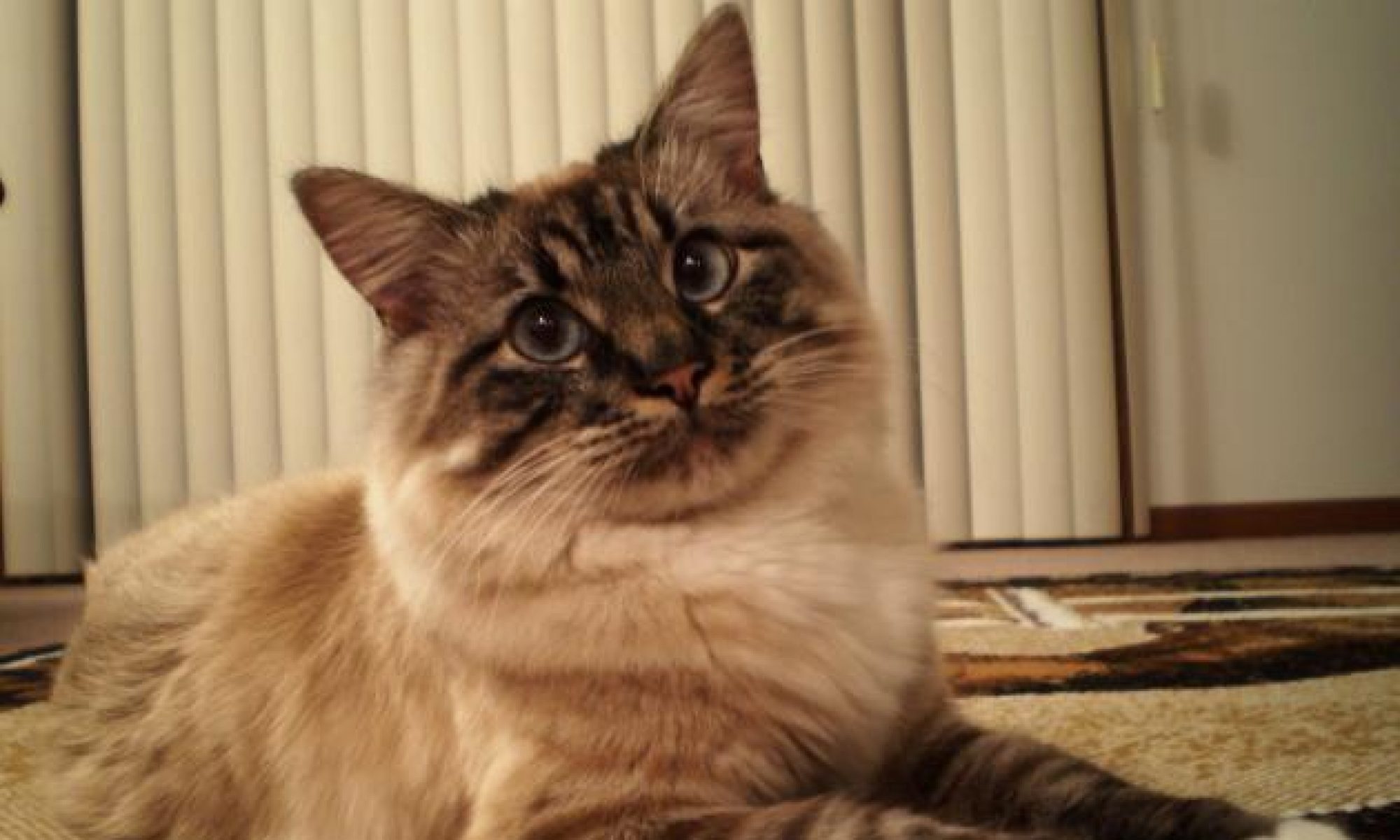Sugar gliders are small tree-dwelling nocturnal marsupials, and, until very recently, have not been classified as a companion animal species. However, over the last decade, sugar gliders have been increasingly kept as pets largely in the United States, Canada, and Japan. Sugar gliders are valued as pets because of their cleanliness, attraction, and hardiness. Sugar gliders have a relatively low rate of health issues; however, this natural hardiness can be quickly degraded if these animals are kept in improper social, environmental, and dietary conditions. It is critical that all potential owners are fully aware of the nature and needs of these creatures so as to provide the best home possible.
Nature: Sugar gliders are a highly social marsupial species native to Australia and New Guinea. In the wild, these animals live in colonies of 15 to 30 gliders. They are nocturnal omnivores and exist on a diet of mixed insects and vegetation, which varies from season to season. As suggested by their name, sugar gliders have a thin membrane attaching their wrists to their ankles which serves as a gliding device used to get from tree to tree. At maturity, captive sugar gliders can reach 4 to 6 ounces in weight and a height of about 12 inches. Despite their miniature size, captive sugar gliders can live to reach an age of 12 to 14 years. It is recommended that sugar gliders be socialized from seven to 12 weeks of age following the release of the joey from the mother’s pouch. Sugar gliders should be raised by hand from a young age so as to avoid behavioral issues coupled with improper socialization. Because they are largely a social animal, sugar gliders are known to be highly vocal, especially in larger groups. For this reason, potential owners with noise constraints (such as apartment living) must proceed with caution when adopting a sugar glider. Also, due to their natural social lifestyle, it is highly recommended that sugar gliders be adopted in pairs or small groups. Studies on captive sugar gliders have shown that gliders raised in solitary confinement exhibit much more stressed-induced behaviors, such as aggression and fear.
Neutering: It is highly recommended that male companion sugar gliders be neutered. In captivity, sugar gliders will readily breed, leading to issues of overpopulation. Neutering males also avoids several other issues, one of which is the prevention of scent-marking. If left unneutered, adult males will develop oily bald spots on their forehead and chest used for scent-marking. Also, unneutered males will urinate freely within their confines to mark their territory. Neutering may also lead to a decreased incidence of aggressive behavior in the males.
Diet: Sugar gliders are seasonal omnivores. In the wild, the spring and summer months encourage insectivorous diets, whereas in the fall and winter, sugar gliders eat mainly nectar and fruits. However, in captivity, sugar gliders do best on a mixed diet of about 50 percent crude protein. Commercial blends are available for sugar gliders consisting of insect protein. However, they can also thrive on gut-loaded crickets used commonly as reptile/amphibian feeds. Although these animals thrive naturally on insect-derived proteins, in captivity they may also be fed boiled chicken, scrambled eggs, turkey, and cottage cheese as protein sources. It is critical, however, that sugar gliders given protein feeds also be fed fresh whole fruits and vegetables for vitamin and mineral requirements. Alternatively, crickets and other insects may be brushed with a mineral dust to supplement mineral/vitamin requirements in the absence of fresh produce.
Caging/Housing: The captive environment for sugar gliders must mimic the natural environment as closely as possible. Large cages of at least 2 cubic feet are required. These cages should be wire cages with tight spacing to prevent escape. The cages should also be bedded in either aspen or paper bedding; pine and cedar have been shown to cause respiratory problems. There must be artificial branches for perching and exercise. Also, at the top of the cage, there must be a pouch or tarp of some kind for nesting/perching/resting. Cages should also be out of reach of direct sunlight, drafts, and moisture, as these conditions can lead to illness in the population. Cages should also be regularly cleaned to prevent disease and/or stress.
Preventative Care: Being hardy, sugar gliders do not have a large range of disease. However, it is recommended to have a routine checkup for blood work every six to 12 months. An annual fecal examination is also recommended to scan for parasites. And regular grooming, such as nail trimming, is vital for proper health.
Allergies: A word of caution – contemporary studies have shown some incidences of direct contact-induced inflammation of the skin due to an allergen within the feces and urine of these pets. Due to the allergens’ similarity to cat pelt proteins, it is recommended that those allergic to cats avoid sugar gliders.
Andrew Reicherter & Daniela Sharma, Ph.D. – Rutgers University
